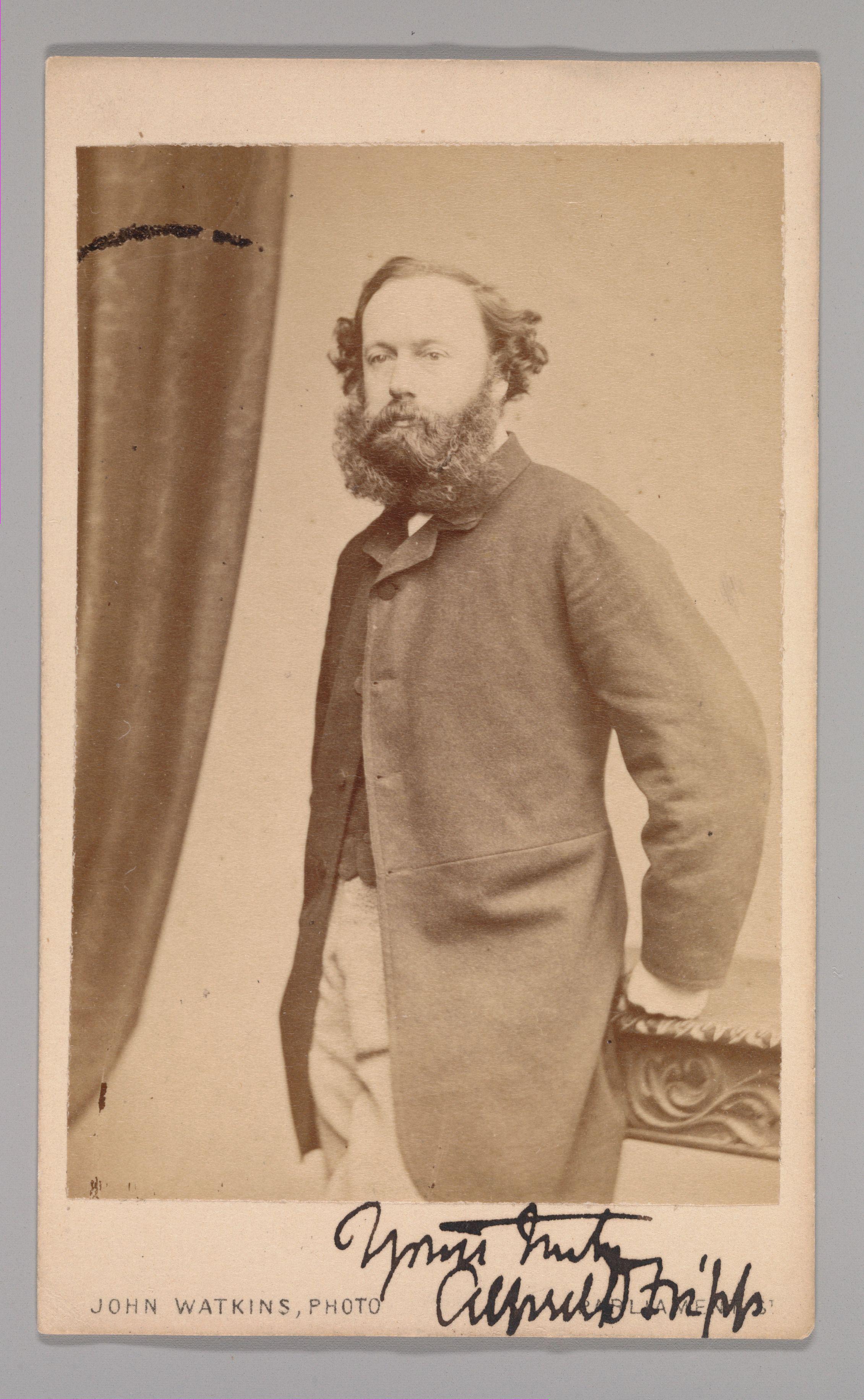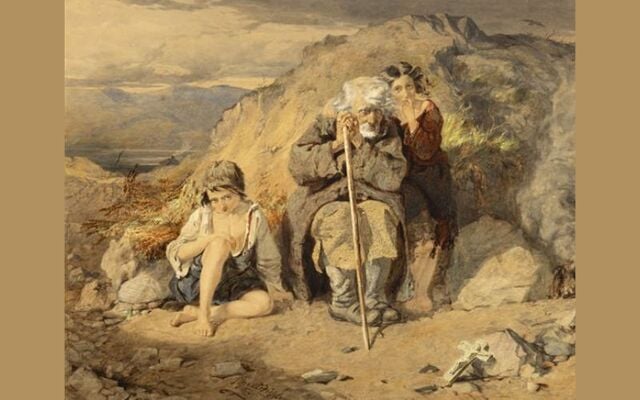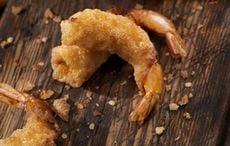On September 25th, 2024, the bond between Ireland and Connecticut was further solidified through a collaboration between two groups—one based in Connecticut and the other in Cork.
This partnership, involving a private donor, brought together the Uillinn West Cork Arts Center and Ireland's Great Hunger Museum of Fairfield to enhance its art collection by acquiring two Alfred Downing Fripp artworks: "Galway Family Preparing Food in a Cottage" and "Irish Mendicants", both dated 1845.
The collaboration highlights the opportunities created by the recently approved Connecticut-Ireland Trade Commission. Senator Bob Duff, who appointed Loretto Horrigan Leary, IGHMF Secretary to the commission, congratulated the IGHMF team on their recent acquisitions.
"The importance of growing the collection shows the dedication and commitment of the board members of Ireland's Great Hunger Museum of Fairfield to ensure that this historic collection continues to expand and stays in Connecticut to inform and educate the public," Duff said.
According to IGHMF President John Foley, IGHMF and the Uillinn West Cork Arts Center are dedicated to promoting Irish culture on both sides of the Atlantic. "These two paintings are invaluable additions to the collection. Fripp's work offers a poignant and intimate portrayal of the lives affected by the Great Hunger, and these pieces will serve as a powerful visual testament to the struggles and resilience of the Irish people during one of the most challenging periods in our history," Foley added.
Fripp's decision to paint rural scenes and peasant life in Ireland and Wales at the start of his career may be partly due to his own rapidly changing world. The Industrial Revolution drastically changed life in England in the early 1800s, and many artists chose rural settings as subjects to preserve the past. However, the 1845 date on the Fripp paintings marks a significant event in Irish history, the eve of the Irish Famine/Great Hunger.
Read more
Loretto Horrigan Leary, IGHMF board member, and CT-Ireland Trade Commission member, also celebrated the acquisition of the artworks and the collaboration between Connecticut and Ireland. "It's just the beginning of a fertile trans-Atlantic arts and culture relationship that will benefit Irish and Irish-Americans."
Commenting on the painting "Galway Family Preparing Food in a Cottage", Leary said, "It's lovely to see scenes of ordinary Irish people in 1845." Leary added, "But it is also sad, knowing what we now know, to witness a family from my native Galway unaware they are about to endure several years of hardships and starvation."

"Galway Family Preparing Food in a Cottage" Watercolor on paper dated 1845
The paintings will be unveiled at a Museum Founder's Ball at the Gaelic American Club in Fairfield on April 5th, 2025. This event will mark the official debut of the Fripp paintings into the museum's collection and celebrate the unwavering support and dedication of the local Irish-American community to the mission of the IGHMF. The acquisition was made possible through the generous donation of a Gaelic American Club (GAC) member and the local Ancient Order of Hibernians (AOH), who have deep ties to the Irish community and a solid commitment to preserving Irish history and culture. The paintings will be moved to the Fairfield University Art Museum's Walsh Gallery. They will be included in the exhibition, An Gorta Mór: Selections from Ireland's Great Hunger Museum, which will open on the evening of April 10th, 2025, further cementing their place in the narrative of Irish history and culture.

Photograph of Alfred Downing Fripp Photography Studio of John and Charles Watkins 1860s.
Alfred Downing Fripp, the artist, was born in Bristol on April 22nd, 1822. Fripp studied at the Royal Academy of Arts. He held his first exhibition in 1842, and his initial works featured Irish and Welsh peasants in landscape settings. In 1844, he became an associate of the Old Watercolour Society, progressing to full membership in 1846 and secretary from 1870 onward.
Following the death of his first wife, Anne Dalton, in 1850, Fripp spent a decade in Italy, where he became friends with artists Frederick Leighton and Edward Poynter. On his return to England in 1859, he married Eliza Banister Roe. He continued to paint British subjects, some of whom were his wife's siblings. Alfred Downing Fripp died in London on March 13th, 1895, aged 72.
Tickets for the Museum Founder's Ball will be available starting on February 1st, 2025, and can be purchased through the IGHMF website or directly at the Gaelic American Club. Members of the GAC, AOH, and the general public are all invited to join in this landmark occasion.
For more information on the Museum Founder's Ball, the Walsh Museum event, and Alfred Downing Fripp's paintings unveiling, please visit www.ighmf.org or contact the IGHMF at 212-634-8930.

Love Irish history? Share your favorite stories with other history buffs in the IrishCentral History Facebook group.
About Ireland's Great Hunger Museum of Fairfield
The Ireland's Great Hunger Museum of Fairfield is dedicated to preserving the memory of the Great Irish Famine (1845-1852) through education, research, and the curation of historical artifacts and art. The museum strives to foster a deeper understanding of the famine's causes, impact, and legacy, ensuring that the stories of those who suffered are not forgotten.
A Project Born from Preservation: The Ireland's Great Hunger Museum of Fairfield traces its origins to the announced transfer of the Great Hunger collection from Quinnipiac University. This pivotal decision set the foundation for the museum's mission: to ensure that this unparalleled collection of art and artifacts related to Ireland's Great Hunger would continue to be accessible to the public. As the transfer progresses, the museum remains dedicated to preserving and sharing these important pieces, which form the core of its commitment to educate and inspire future generations about this crucial chapter in Irish history.
This article was submitted to the IrishCentral contributors network by a member of the global Irish community. To become an IrishCentral contributor click here.




Comments